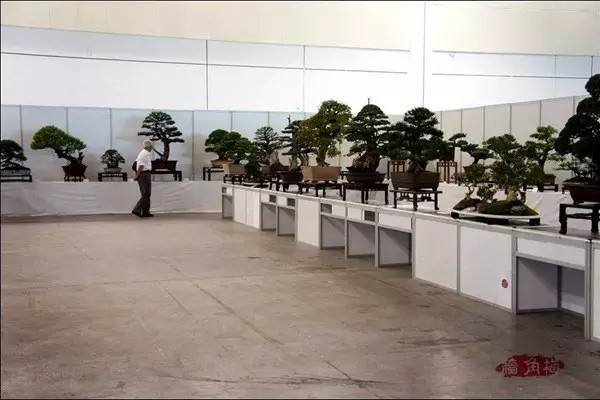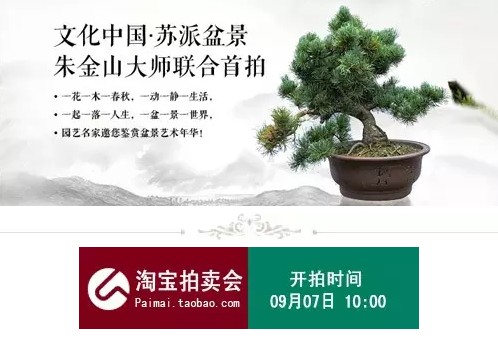The supreme quiet beauty-- Banzhuju and his Su style bonsai
"in front of the curved sill of the ruler tree basin pond, the old Zen Qingxing imitates Linquan." Su-style bonsai is one of the five major schools of bonsai in China, which has a long history, which began in the Tang Dynasty in the Song Dynasty and flourished in the Ming and Qing dynasties.

Tang Bai Juyi, Song Sushi, Fan Chengda, Ming Wen Zhengming, Wen Zhenheng, Qing Hu Huanzhang, recent Zhou Lianjuan and Zhu Zian all contributed to the development of Su School bonsai art.
Shen Xiangzhong, born in Suzhou, liked bonsai flowers and trees since childhood. He was deeply influenced by Zhou thin cuckoo. In his spare time, he traveled to Nanshan and Beiyue, looking for the scenery in this basin.
Because he is engaged in architecture and likes to build gardens and trees, it is his work and hobbies that complement each other. It makes great efforts to create a famous semi-bamboo house, in which bamboo shadow and breeze, Ziyang face, pine cypress and withered mountain courtyard set off each other.
Especially like Laoya persimmon, there are dozens of pots of persimmon in the garden, every winter, cold branches and red fruit, full of vitality. Also like the interest of the literati, insert the withered canopy in the flowers, burn the delicate fragrance on the desk, taste the good tea in Panasonic, and send it to Banzhu occasionally.
Time: 2019-06-04 Click:
- Prev

Su Pai Bonsai Biennale
The Su-style Bonsai Biennale, which has been successfully held twice, ushered in the third exhibition in Suzhou International Expo Center. 200 potted bonsai boutique Cangu Qiuqu, in a variety of ways, the concentrated appearance of high-quality bonsai masterpieces is an eye-opener for visitors. The brightest thing is that the Biennale brings together 80 famous gardens in Suzhou.
- Next

Cultural Chinese Soviet-style bonsai masters jointly shot their first works
Su-style bonsai is one of the excellent traditional arts of the Han nationality and a treasure of garden art. Bonsai art, centered on Suzhou City, Jiangsu Province, has a long history, formed in the Tang and Song dynasties, flourished in the Ming and Qing dynasties, and flourished in the contemporary era. With its unique modeling structure and artistic style, it is one of the main schools of Chinese bonsai.
Related
- Fuxing push coffee new agricultural production and marketing class: lack of small-scale processing plants
- Jujube rice field leisure farm deep ploughing Yilan for five years to create a space for organic food and play
- Nongyu Farm-A trial of organic papaya for brave women with advanced technology
- Four points for attention in the prevention and control of diseases and insect pests of edible fungi
- How to add nutrient solution to Edible Fungi
- Is there any good way to control edible fungus mites?
- Open Inoculation Technology of Edible Fungi
- Is there any clever way to use fertilizer for edible fungus in winter?
- What agents are used to kill the pathogens of edible fungi in the mushroom shed?
- Rapid drying of Edible Fungi

